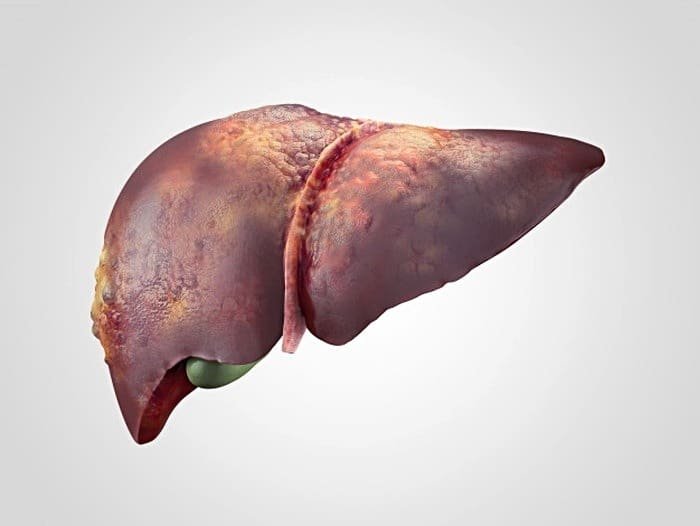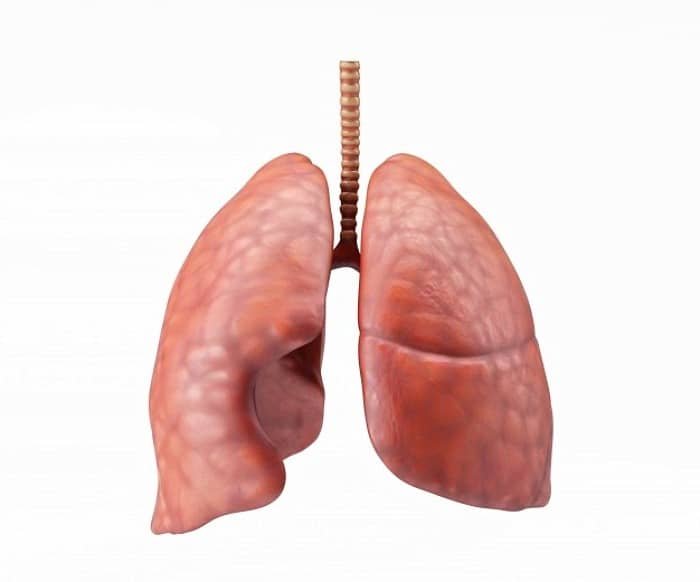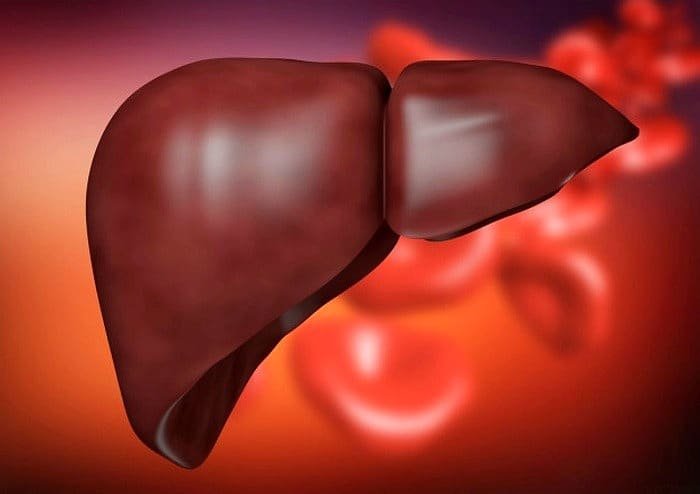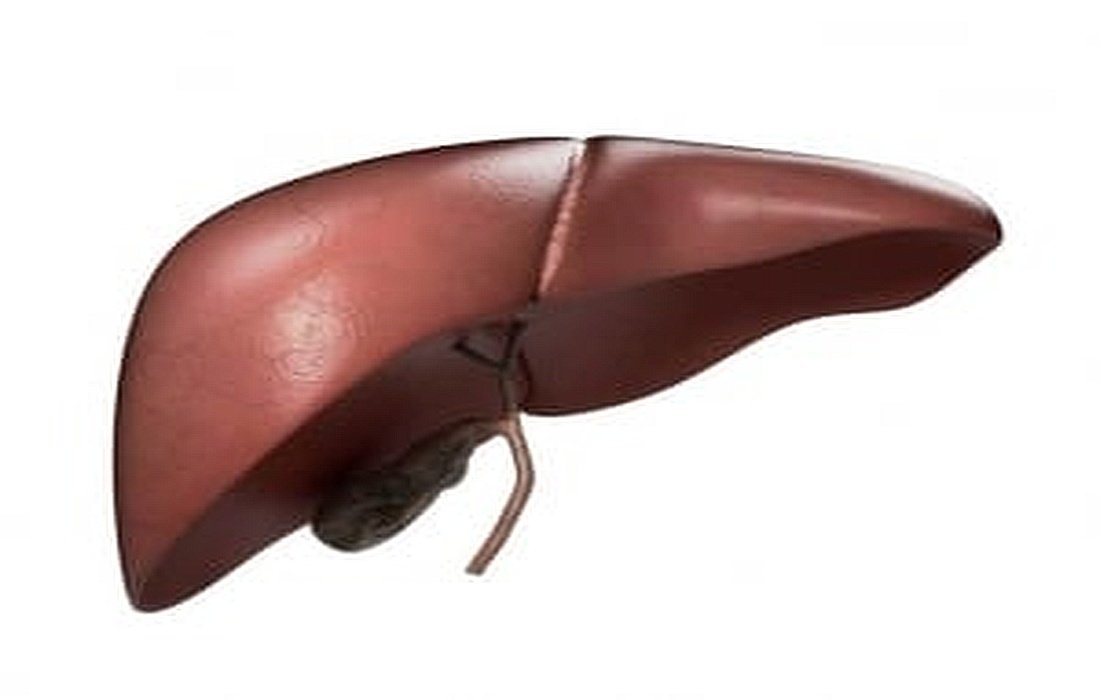Do you know how the liver gets fatty?
Fatty liver is unfortunately a common problem among Iranians. Why?Fatty liverThere is only one answer, and that is poor nutrition.Harmful foodsare among the main reasons for developing “fatty liver.”
Liver diseaseFatty liver disease does not discriminate by age or gender, but studies show that Latin Americans are disproportionately affected. This condition mainly occurs in middle age, although children can also have it.
Fatty liver disease is rapidly increasing in Asia. The root cause lies in poor dietary habits, with recent studies identifying sugary drinks as the main culprit behind fatty liver.
The cells in fatty liver and the processes that make the liver fatty
The common theory suggests that this problem begins due to insulin resistance, which is often a result of obesity and excess fat tissue in the abdomen.
When people are resistant to insulin, muscle, fat, and liver cells do not respond properly to insulin, leading to elevated levels of hormones andblood sugar, which creates cells in the blood, thus increasing the risk ofdiabetesand heart diseases. However, insulin resistance is a complex metabolic state that includes increased levels of free fatty acids in the blood.
Fatty liver disease occurs when certain fat molecules accumulate inside liver cells. The presence of these fat cells can lead to inflammation in the liver and damage to the surrounding tissue.
When this happens, if alcohol is not involved, it is referred to as non-alcoholic steatohepatitis (NASH).Non-alcoholic hepatitisis named because the liver is inflamed, abbreviated as NASH.
Estimates vary, but it seems that 5 to 10 percent of people with fatty liver disease progress to developing NASH.
NASH is often a relatively stable, low-grade condition that people live with for years, but as mentioned in the health sectionof SelMagzit can cause serious damage to the liver and dysfunction known as cirrhosis.
Cirrhosis is irreversible and leads to total liver failure, and it also significantly increases the risk ofliver cancer.Some studies have shown that 3% of people with NASH develop cirrhosis, while others estimate this percentage to be 26%.
There is no test or risk factor that can predict who will develop cirrhosis and who will not. Clearly, predicting NASH is much easier than predicting steatohepatitis resulting from heavy alcohol consumption. Perhaps half of those with alcoholic steatohepatitis (a term with no manual) may develop cirrhosis.
In addition to liver problems, people with fatty liver and NASH are more concerned about heart diseases and strokes, with their risk of death from cardiovascular diseases being twice that of those without NASH.
A possible reason may relate to inflammatory factors and other agents produced by fatty liver cells that increase damage to the arteries and promote blood clotting, a combination that may lead toheart attacksor strokes.

How does the liver get fatty?
More information about fatty liver
-Abdominal obesity and metabolic syndrome create insulin resistance.
-Insulin resistance increases the blood levels of fatty acids.
-Fat accumulates in liver cells.
-There are usually no symptoms for this disease.
–Weight losscan reduce liver fat.
-Excessive alcohol consumption also causes fatty liver.
-Fat in the liver causes inflammation and damage to liver tissue.
-The medical term for this is steatohepatitis; non-alcoholic steatohepatitis is referred to as NASH.
-Liver biopsy is the only definitive way to diagnose this disease.
-Weight loss and exercise are the main treatments.
-Further liver damage leads to liver fibrosis and cirrhosis.
-Fibrosis is the accumulation of fibrous tissue. Cirrhosis is formed from scar tissue.
-Between 3 to 26 percent of patients with NASH develop cirrhosis.
-A small number of people with cirrhosis develop liver cancer.
NASH is linked to an increased risk of heart attacks and strokes.
-A liver with NASH may produce inflammatory agents that promote atherosclerosis, restricting blood vessels.
-NASH may represent another aspect of metabolic syndrome.

Things you should know about fatty liver
How can drinks and foods with added sugar lead to fatty liver?
The greatest rise in blood sugar is caused by consuming various beverages, including fruit juices, milk, and alsocoffeeor sweetened tea. Foods made with sugar also raise blood sugar levels.
When blood sugar levels rise, sugar is used for energy and a small amount is stored in your muscles and liver, as mentioned in the health section of SelMagz. After that, excess sugar in the bloodstream is quickly converted into a type of fat called triglycerides. Just minutes after consuming sugary beverages, blood triglycerides increase. Triglycerides are then stored in fat cells, muscles, and in the liver.
The body stores fat in many areas as energy and insulation. The liver is partly made of fat, but if the amount of fat in the liver is too high, it may indicate fatty liver disease.

Drinks and foods that lead to fatty liver
There are two types of fatty liver disease:
alcoholic fatty liver disease and non-alcoholic fatty liver disease. Fatty liver disease harms the liver and prevents it from removing toxins and producing bile for the digestive system.
When the liver cannot perform these tasks effectively, it puts the individual at risk of developing other problems in the body.
A diet for fatty liver patients includes a variety of foods. Cutting calories and eating high-fiber foods are good starting points. Eating foods rich in complex carbohydrates, fiber, and protein can help the body feel full and provide steady energy.
Some people choose to follow specific diet plans, such as a plant-based diet. A dietician can help an individual create a diet plan that suits their tastes, symptoms, and health status.







